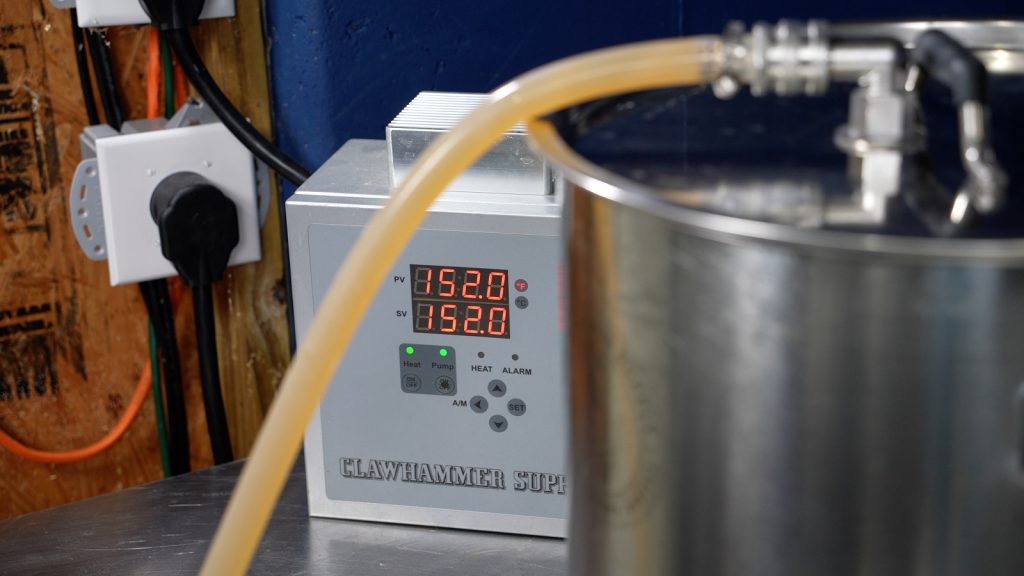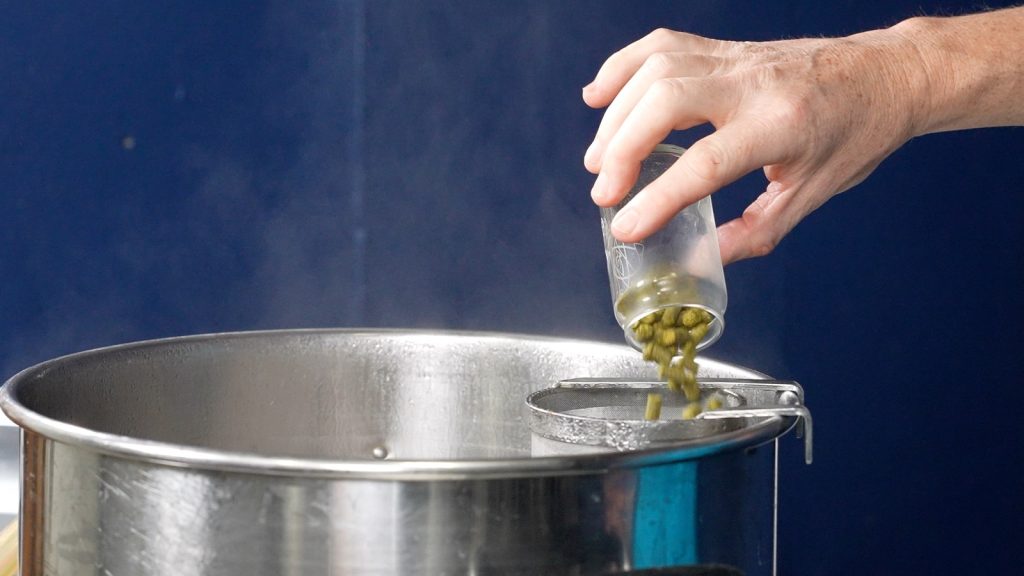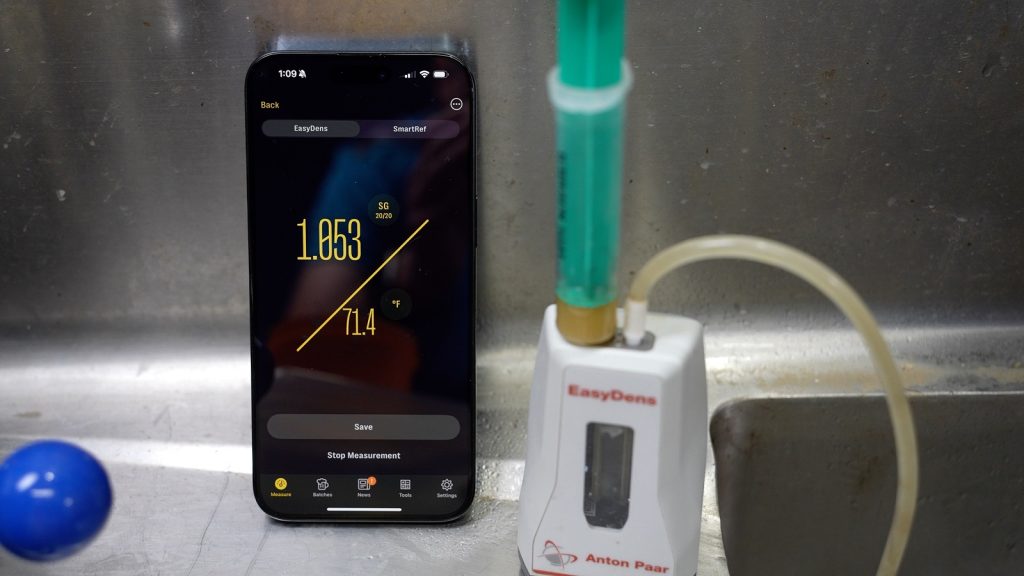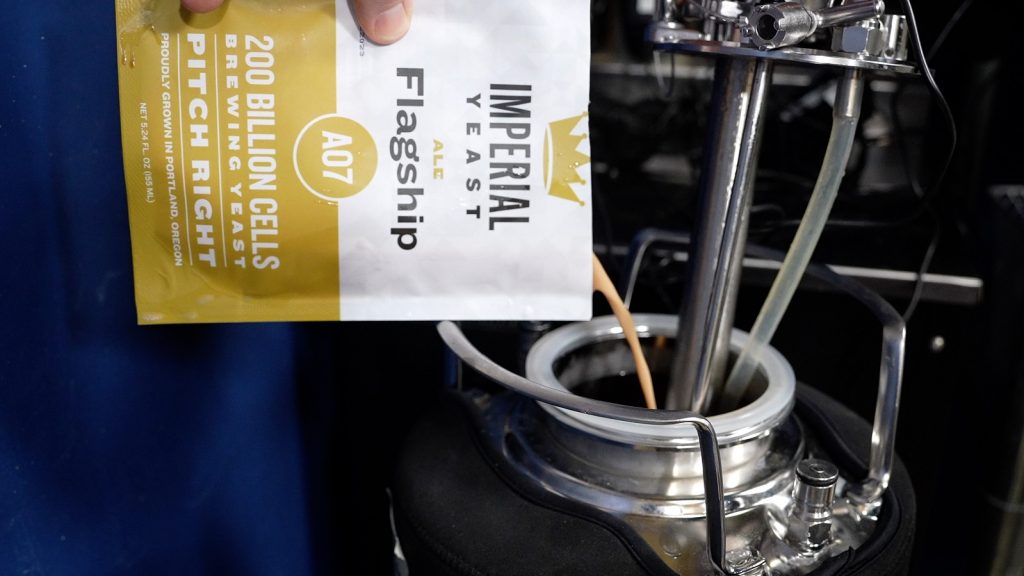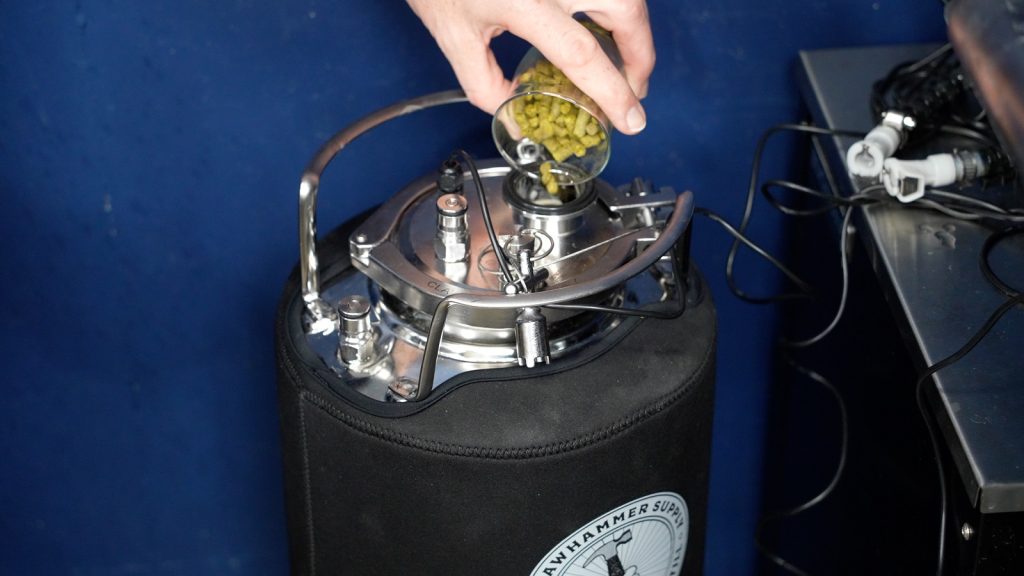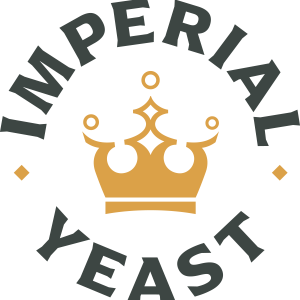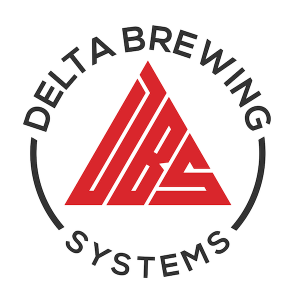Author: Martin Keen
Initially developed by South African Breweries (SAB) Hop Farms in 1998 and commercially released in 2014, African Queen has a curious history involving limited access to this relatively new variety due to its ownership by none other than AB InBev. As supply increased, brewers were able to get their hands on African Queen and it quickly developed a reputation for its ability to contribute delightfully pungent fruity notes ranging from watermelon and gooseberry to passion fruit and lemongrass.

Alpha: 10 – 17%
Beta: 3.5 – 6.5%
Cohumulone: 22 – 30% of alpha acids
Total Oil: 0.5 – 1.5 mL/100g
Myrcene: 20 – 30%
Humulene: 20 – 30%
Caryophyllene: 10 – 20%
Farnesene: 5 – 10%
Linalool: unknown
Geraniol: unknown
ß-Pinene: unknown
Parentage: cross of 2 experimental varieties 91J7/25 and 94US2/118
When I first learned of South African hops a few years back, I was certainly interested to get my hands on some, especially considering the favorable descriptions. However, they were quite hard to come by, so when I saw some African Queen in stock at Yakima Valley Hops, I jumped at the opportunity to pick some up!
| MAKING THE BEER |
I went with our standard Hop Chronicles Pale Ale recipe for this batch, making minor adjustments to the kettle hop additions to keep the bitterness in check.
African Queen Pale Ale
Recipe Details
| Batch Size | Boil Time | IBU | SRM | Est. OG | Est. FG | ABV |
|---|---|---|---|---|---|---|
| 5.1 gal | 60 min | 39.4 | 4.9 SRM | 1.053 | 1.007 | 6.04 % |
| Actuals | 1.053 | 1.007 | 6.04 % | |||
Fermentables
| Name | Amount | % |
|---|---|---|
| Foundation Malt | 10 lbs | 83.33 |
| Vienna Malt | 2 lbs | 16.67 |
Hops
| Name | Amount | Time | Use | Form | Alpha % |
|---|---|---|---|---|---|
| African Queen | 14 g | 30 min | Boil | Pellet | 10 |
| African Queen | 28 g | 10 min | Boil | Pellet | 10 |
| African Queen | 28 g | 5 min | Boil | Pellet | 10 |
| African Queen | 56 g | 2 min | Boil | Pellet | 10 |
| African Queen | 56 g | 3 days | Dry Hop | Pellet | 10 |
Yeast
| Name | Lab | Attenuation | Temperature |
|---|---|---|---|
| Flagship (A07) | Imperial Yeast | 77% | 32°F - 32°F |
Notes
| Water Profile: Ca 117 | Mg 0 | Na 8 | SO4 156 | Cl 75 |
Download
| Download this recipe's BeerXML file |
After collecting the full volume of RO water, adjusting it to my desired profile, then heating it up, I integrated the milled grains then set my Clawhammer Supply 240v controller to maintain a mash temperature 152°F/67°C.
During the mash rest, I prepared the kettle hop additions.
Once the 60 minute mash rest was complete, I removed the grains and proceeded to boil the wort for 60 minutes, adding hops at the times stated in the recipe.
When the boil was complete, I quickly chilled the wort before taking a hydrometer measurement showing it was at my target OG.
Next, I pitched a pouch of Imperial Yeast A07 Flagship into the wort.
The beer was left to ferment at 66°F/19°C for 4 days before I added the dry hops.
With a hydrometer measurement confirming the beer was at 1.007 FG a few days later, I cold-crashed then pressure-transferred it to a CO2 purged keg. The filled keg was placed in my keezer and burst carbonated overnight before I reduced the gas to serving pressure. After a week of conditioning, the beer was ready for evaluation.
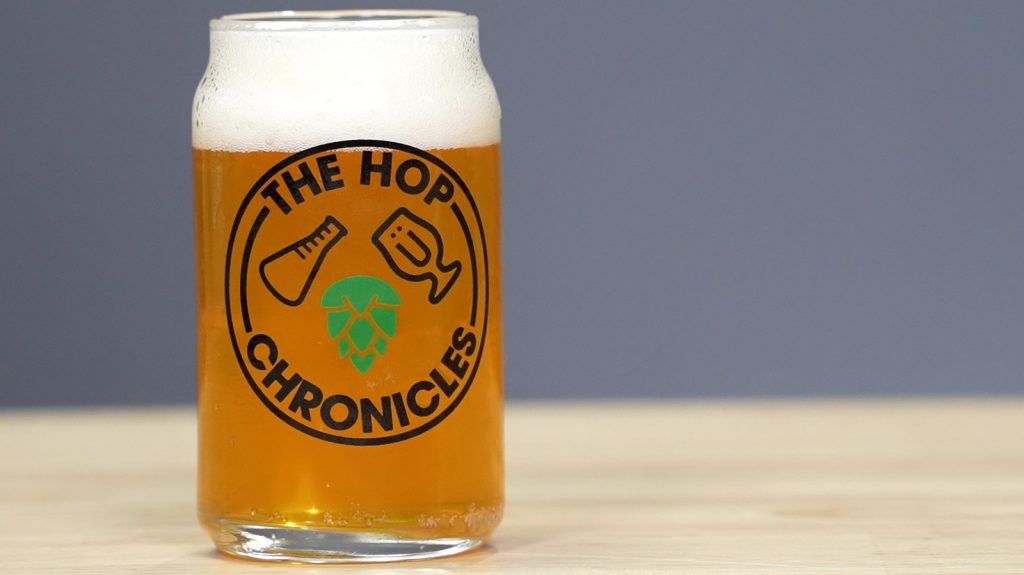
| METHOD |
Participants were instructed to focus only on the aromatic qualities of the beer before evaluating the flavor. For each aroma and flavor descriptor, tasters were asked to write-in the perceived strength of that particular characteristic on a 0-9 scale where a rating of 0 meant they did not perceive the character at all and a 9 rating meant the character was extremely strong. Once the data was collected, the average rating of each aroma and flavor descriptor was compiled and analyzed.
| RESULTS |
A total of 15 people participated in the evaluation of this beer, all blind to the hop variety used until after they completed the survey. The average aroma and flavor ratings for each descriptor were plotted on a radar graph.
Average Ratings of Aroma and Flavor Perceptions
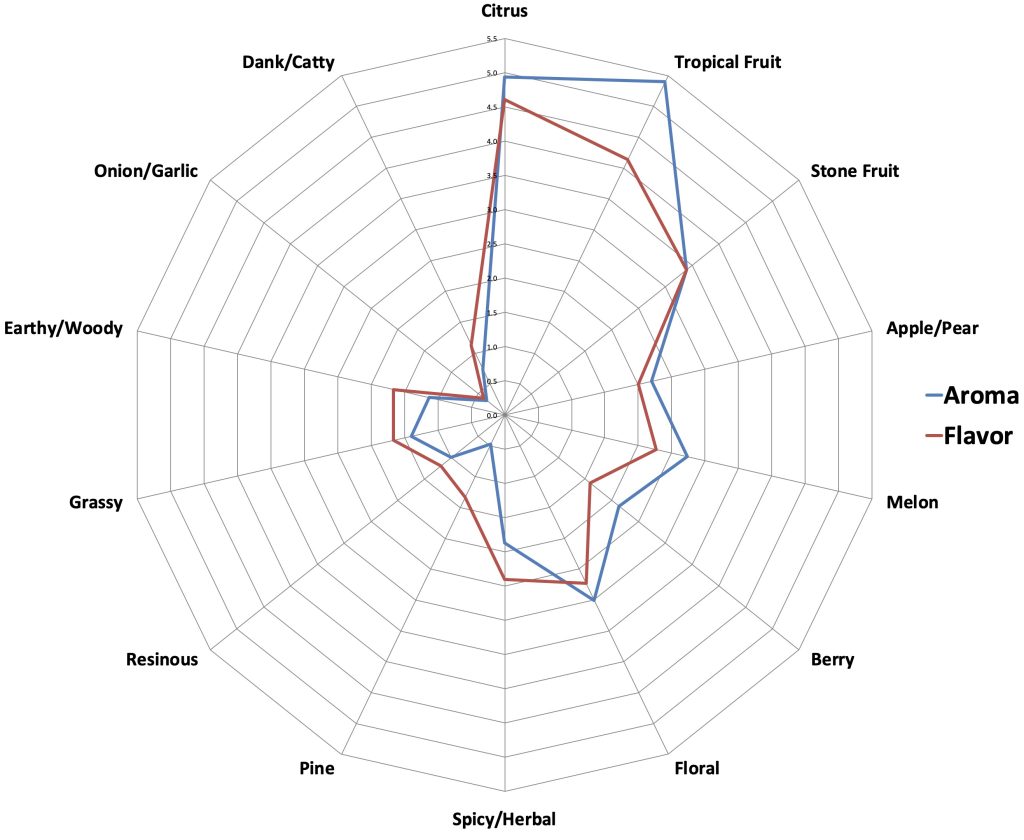
The 3 characteristics endorsed as being most prominent by participants:
| Aroma | Flavor |
| Tropical Fruit | Citrus |
| Citrus | Tropical Fruit |
| Stone Fruit | Stone Fruit |
The 3 characteristics endorsed as being least prominent by participants:
| Aroma | Flavor |
| Onion/Garlic | Onion/Garlic |
| Pine | Dank/Catty |
| Dank/Catty | Resinous |
Next, participants were asked to rate the pungency/strength of the hop.
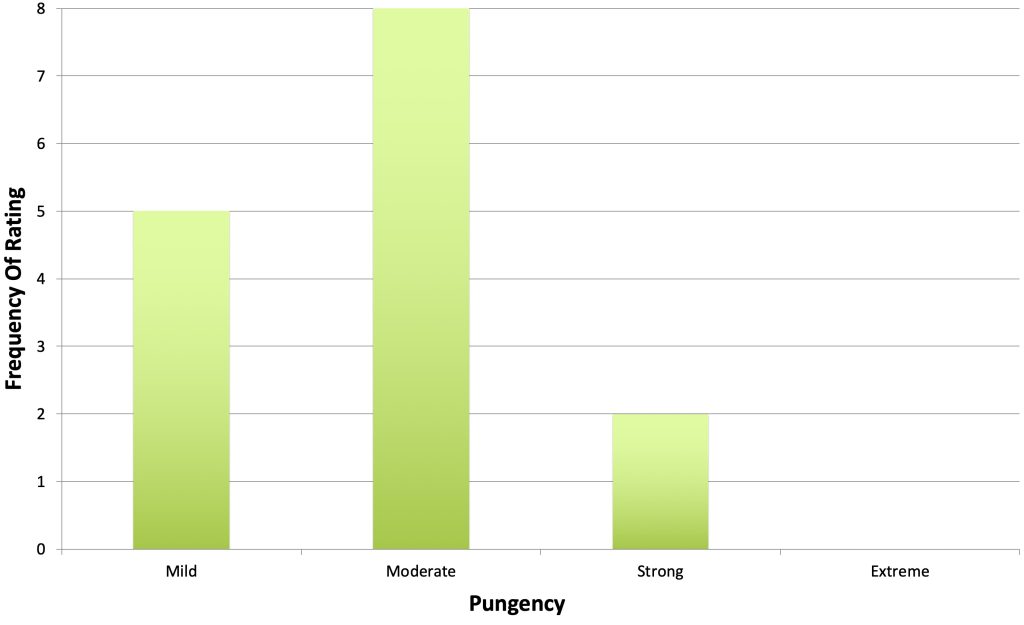
Tasters were then instructed to identify beer styles they thought the hop would work well in.
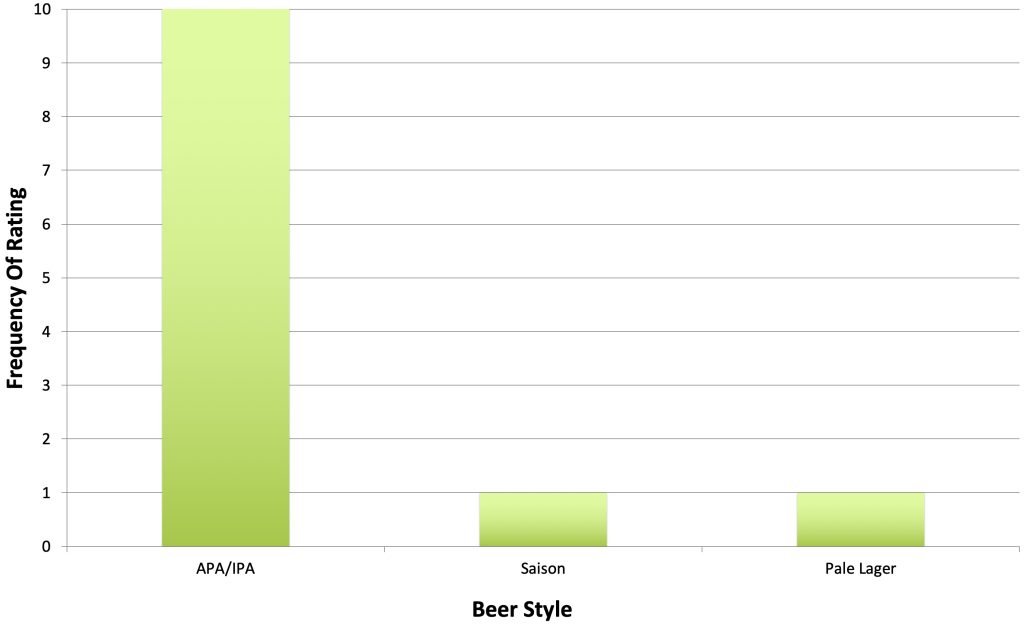
Finally, participants were asked to rate how much they enjoyed the hop character on a 0 to 10 scale.
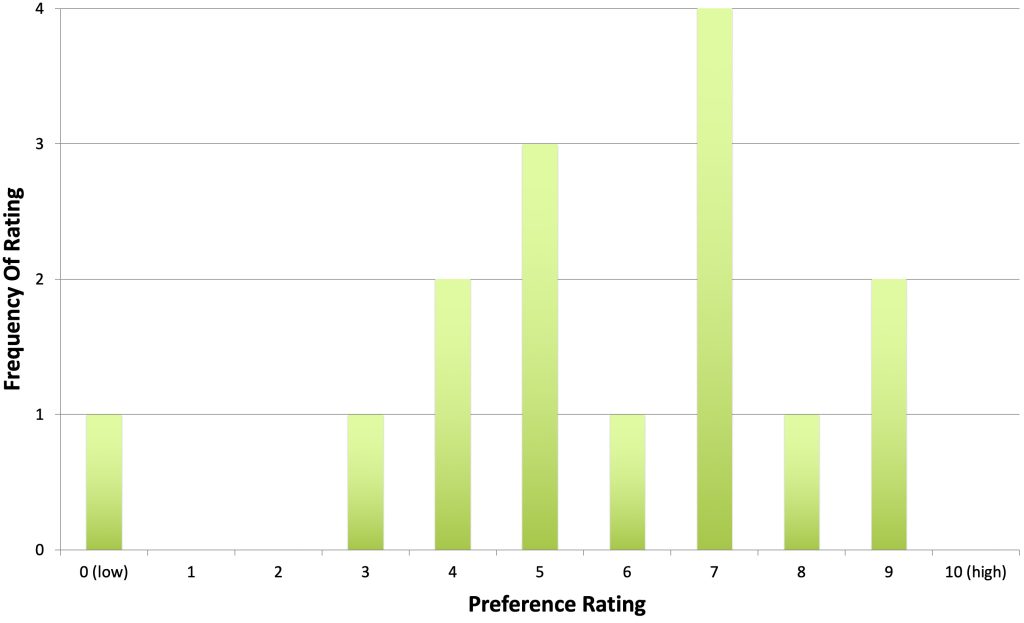
My Impressions: I perceived this African Queen Pale Ale as being decently complex with obvious citrus and stone fruit notes, though I can’t say I picked up much blueberry or black currant. Overall, I found this beer quite enjoyable to drink.
| CONCLUSION |
When people think of hops, it’s likely Africa doesn’t immediately come to mind, but over the last couple of decades, this region has produced some notable varieties including African Queen. Purported to impart a uniquely pungent blend of characteristics ranging from sweet fruit to chilies, African Queen has found favor among brewers looking to craft interesting versions of modern hoppy styles.
The most prominent aroma and flavor characteristics noted by people who evaluated a Pale Ale made solely with African Queen were citrus, tropical fruit, stone fruit, while less desirable notes of onion/garlic and dank/catty were among the least endorsed characteristics. While ratings on hop pungency trended toward moderate to mild, a majority of tasters felt this variety would best in hoppy IPA and APA, which is likely a testament to its fruitiness.
Based on the existing descriptors for African Queen, I admittedly expected it to be a bit more pungent than it was in this beer, as well as adding certain characteristics I hadn’t gotten from other varieties. To my palate, this beer was all citrus and stone fruit, I didn’t really get much else, which more or less aligns with the blind taster ratings. And honestly, I’m not complaining, I rather enjoyed drinking this single-hop African Queen Pale Ale and definitely look forward to using it with other hops in the future!
African Queen hops are available at Yakima Valley Hops, get some while you can! If you have any thoughts on this variety, please feel free to share them in the comments section below.
Support Brülosophy In Style!
All designs are available in various colors and sizes on Amazon!
Follow Brülosophy on:
FACEBOOK | TWITTER | INSTAGRAM
If you enjoy this stuff and feel compelled to support Brulosophy.com, please check out the Support page for details on how you can very easily do so. Thanks!


